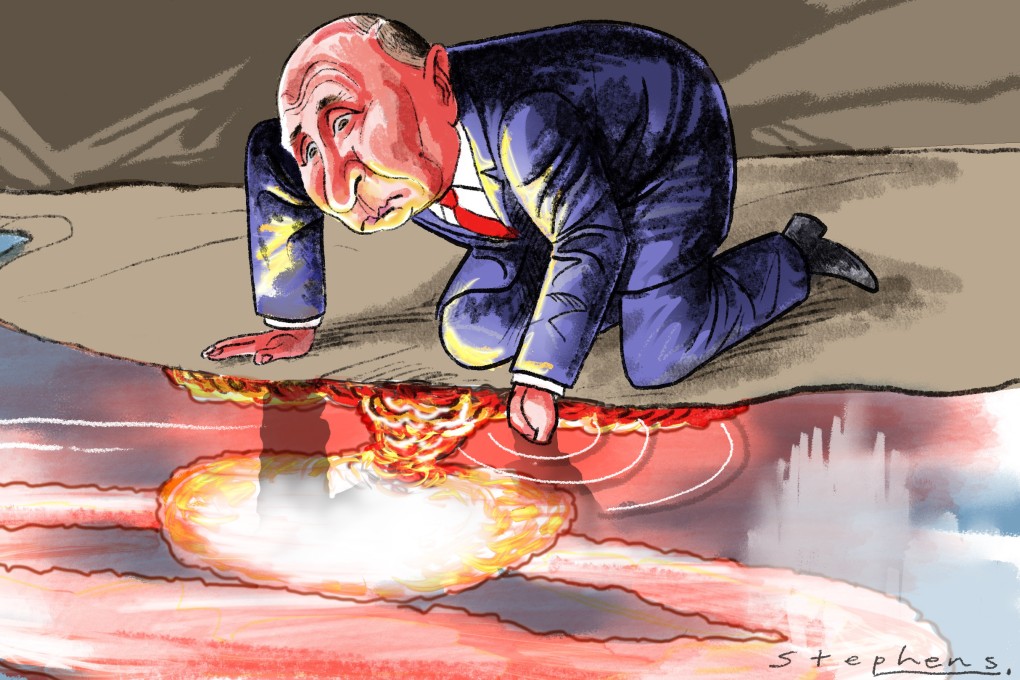Opinion | How the US, not just Russia, helped bring the world closer to nuclear war
- The West has effectively been challenging Russia’s right to be a hegemonic power
- What if the proxy US campaign in Ukraine doesn’t lead to Russian regime downfall but instead to a desperate Putin using nuclear weapons?

It is very hard to imagine the full extent of an unprecedented catastrophe until the blow-up happens in front of you. The predictions of loss from a nuclear war range from regional obliteration to planetary catastrophe.
To be sure, “experts” could be dug up to downplay the worst that could happen – or even deny that it ever would happen at all. But that sort of radioactive denial was anything but the case last week in Santa Barbara, California, fortunately, where an important international Zoom seminar took place.
Santa Barbara, draping decorously on the sun-splashed coast of the Pacific Ocean about 90 miles north of far-more populous Los Angeles, is a lively intellectual centre of West Coast policy thinking that includes a major university and high-level, non-profit think tanks.
One of the most relevant these days is the Nuclear Age Peace Foundation (NAPF), founded in 1982 as a non-profit, non-partisan international education and advocacy organisation. NAPF’s policy aspirations include not only global nuclear non-proliferation but also complete elimination of all nuclear weapons from the face of the earth.
